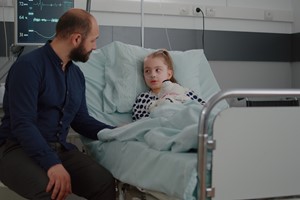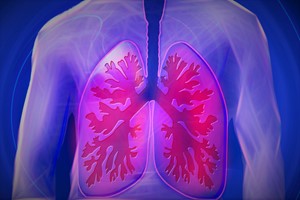Recent studies published in Therapeutic Advances in Hematology have highlighted the efficacy and safety of simoctocog alfa in preventing and treating bleeding episodes in children with severe hemophilia A. Notably, these studies reported low rates of inhibitor development, an important consideration in managing this condition.
Two prospective, open-label, noncontrolled clinical trials underscored the benefits of simoctocog alfa. The NuProtect trial, which involved 108 previously untreated patients (PUPs) with severe hemophilia A and a median age of 12 months, focused on the immunogenicity of the drug. Among 105 PUPs evaluated after a median of 100 exposure days (EDs), 28 children (26.7%) developed inhibitors. High-titer inhibitors (≥ 5 BU/mL) were observed in 16.2% of the children, while 10.5% developed low-titer inhibitors (0.6 to < 5 BU/mL). Importantly, no inhibitor development was noted in patients with non-null F8 mutations.
Another case series with 10 children assessed the effectiveness of immune tolerance induction (ITI). This was defined by achieving at least two of three internationally recognized criteria: inhibitor titer below 0.6 BU/mL, normalization of factor VIII (FVIII) recovery (> 66% of normal), and normalization of FVIII half-life (> 6 hours). Negative inhibitor titers were achieved in 80% of the children within a median of 3.5 months, with all 8 achieving ITI success in a median of 7.5 months.
The GENA-03 study, which included 59 previously treated patients (PTPs) aged 2 to 12 years, reported favorable annualized bleeding rates (ABRs). Median ABRs were 0 for spontaneous bleeds, 0 for joint bleeds, and 1.9 for all bleeds. The GENA-13 extension study further demonstrated long-term efficacy with 49 patients followed for a median of 30 months, showing median ABRs of 0.3 for spontaneous bleeds, 0.4 for joint bleeds, and 1.7 for all bleeds.
A pooled analysis of long-term data from the NuProtect-Extension study (GENA-05/15) and GENA-13, which included 96 children treated with simoctocog alfa for a median of 359 EDs over up to 5 years, revealed consistent efficacy. The median ABRs for spontaneous and total bleeds were 0.3 and 1.8, respectively. Additionally, 45% of children experienced no spontaneous breakthrough bleeds during the follow-up period. Breakthrough bleeds occurred in 86 children, with simoctocog alfa successfully treating 85.1% of 763 bleeds.
No treatment-related deaths or thromboembolic events were reported among the 167 children across the clinical trials. The safety profile of simoctocog alfa was consistent with previous reports, with adverse events including pyrexia, hypersensitivity, back pain, headache, dyspnea, anemia, and hemorrhagic anemia.
The studies, all conducted as prospective, international, open-label, noncontrolled trials, provided compelling evidence supporting simoctocog alfa's role in prophylaxis and on-demand treatment of severe hemophilia A. As ongoing real-world and scientific studies continue, they will offer further insights into the long-term management and outcomes of children treated with simoctocog alfa, reinforcing the opportunity for children to engage in regular daily activities and lead healthy lives.
ajmc.com












